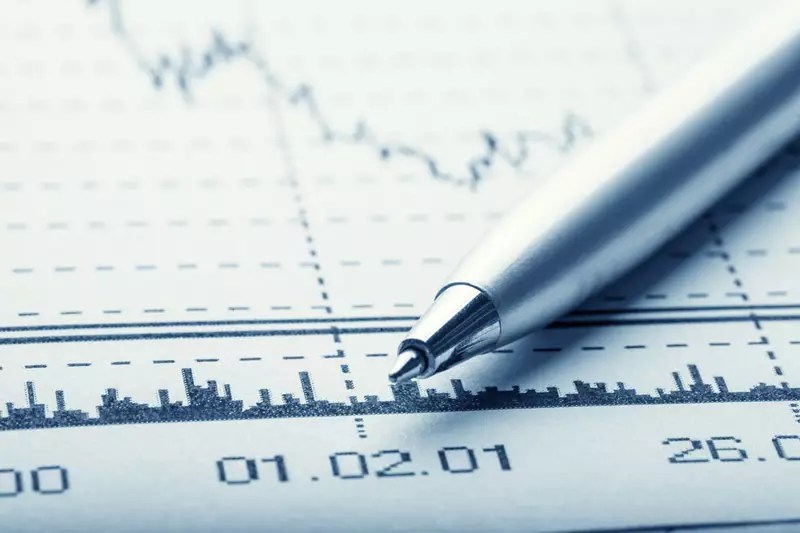The currency markets have recently been a focal point of economic discourse, particularly with the U.S. dollar exhibiting notable fluctuations. In the past week, despite dipping slightly on Friday, the dollar was positioned to achieve its strongest weekly performance in a month. This resilience can be attributed to expectations regarding the U.S. economy and the persistence of elevated interest rates. As we delve into the factors driving this currency performance, it becomes clear that the trajectory of the dollar is a reflection of broader economic trends and geopolitical uncertainties.
The U.S. economy continues to show signs of robust performance compared to other global markets, which has fostered a positive sentiment around the dollar. The labor market remains strong, and inflation rates are high, leading to rising Treasury yields. These yields are attractive to investors, increasing demand for the dollar as a safe and lucrative investment option. As reports indicate, U.S. manufacturing has shown signs of recovery, suggesting that economic growth could maintain its upward momentum. This anticipated economic stability is crucial for the dollar’s strength, especially when juxtaposed against the comparative economic sluggishness of Europe and other regions.
The Impact of Policy Changes on Currency Trends
Another significant factor influencing the dollar’s value is the forthcoming policy changes under the new administration. Proposed initiatives such as business deregulation, tax reform, and tariffs on imports are projected to stimulate growth. However, the timeline and effectiveness of these policies remain uncertain, prompting cautious optimism among traders. Experts suggest that while these changes could eventually bolster growth and price stability, their initial implementation may lead to fluctuations in the dollar’s value. It raises the question of whether these policies will instigate a sustained dollar rally or lead to a temporary pullback as the market adjusts to new conditions.
In the context of the dollar’s performance, analysts have highlighted that any potential pullback is likely to be short-lived. The inherent volatility associated with the new administration could inject uncertainty into the market, but the long-term outlook might favor a strong dollar. As policies evolve, the actual impact on the economy will clarify the dollar’s trajectory, likely leading to further strengthening in the latter half of the year.
Comparative Analysis: The Euro and Other Major Currencies
While the dollar remains resilient, other currencies like the euro are facing headwinds. The eurozone is currently grappling with a stunted growth outlook, worsened by factors such as proposed U.S. tariffs and internal political challenges. The European Central Bank (ECB) is projected to respond with significant rate cuts, adding to the euro’s vulnerabilities. Traders’ expectations of a hundred basis points in rate cuts by the ECB stand in stark contrast to the less certain projections for the Federal Reserve, further widening the interest rate differential that favors the dollar.
The British pound, too, experiences the effects of ongoing economic challenges, with losses expected for the week. This situation reflects broader market trends where geopolitical uncertainties—such as the outcomes of elections in France and Germany—coupled with domestic issues, weigh heavily on the euro and the pound. As these currencies grapple with their own issues, the dollar stands to gain an edge as a safer investment.
As we look forward, the dynamics of the currency markets will likely continue to shift in response to the unfolding economic policies and global events. The dollar’s short-term fluctuations could present opportunities for investors, but a careful analysis of the macroeconomic landscape is essential. Factors such as international trade agreements, interest rate changes, and geopolitical developments will play critical roles in determining the dollar’s fate.
While the dollar may have dipped recently, its projected strength against other currencies indicates a period of resilience, influenced by the U.S. economic outlook and forthcoming policy changes. The complexities of the global economic environment will undoubtedly impact currency values, leading to what many anticipate will be a continued robust performance for the dollar as the year progresses. Investors would do well to remain vigilant and informed, as the currency landscape is both dynamic and impactful on global markets.


Leave a Reply